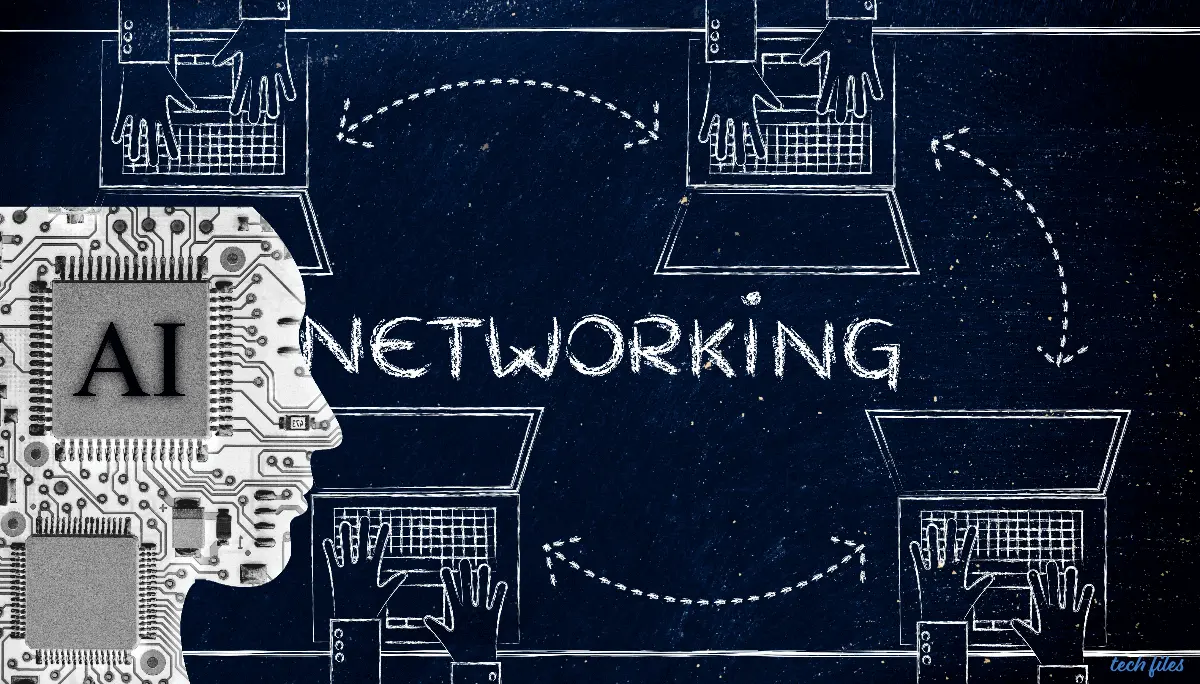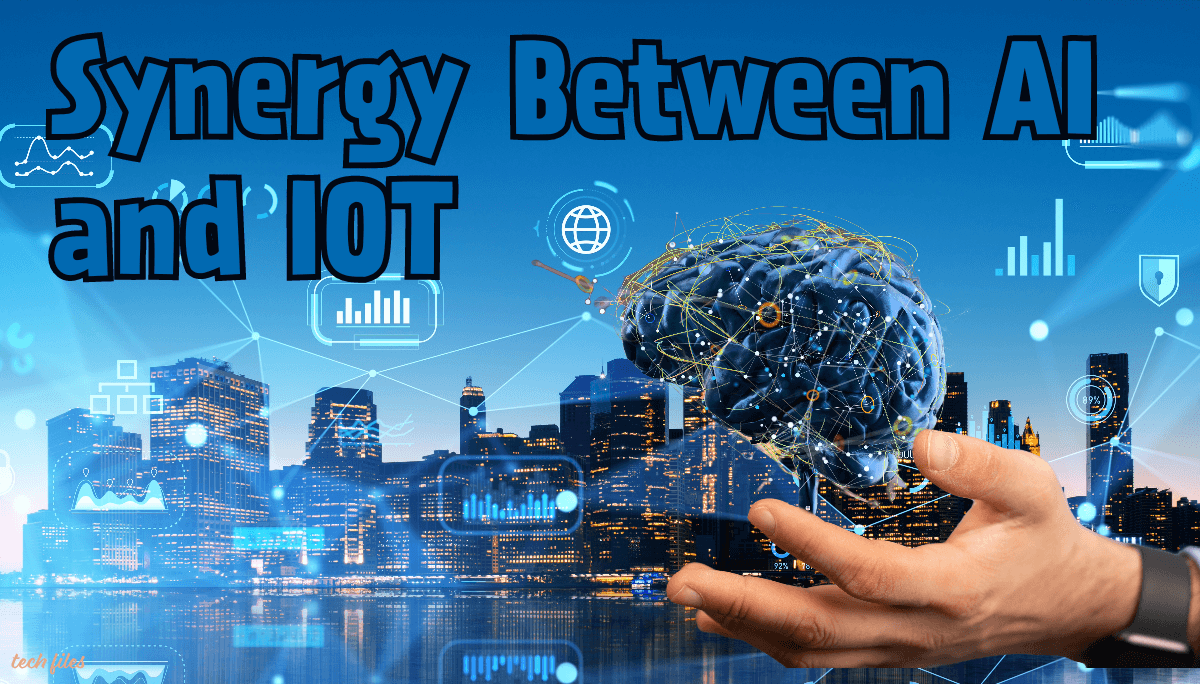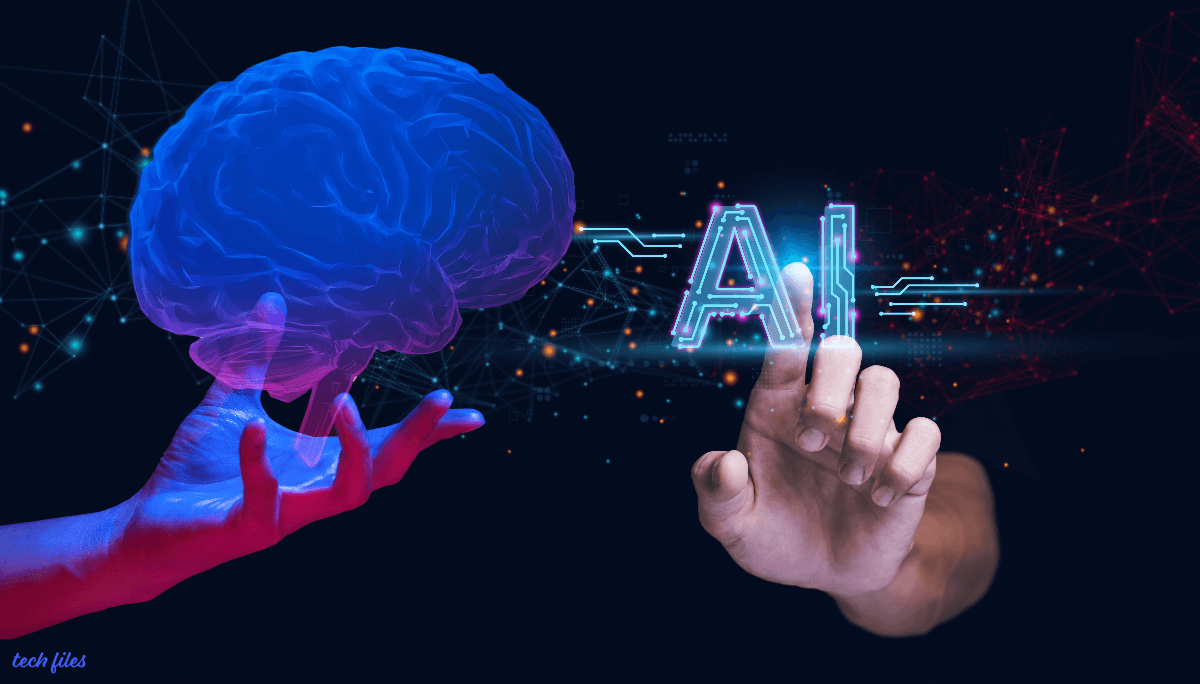The Power of AI in Networking: Revolutionizing Connectivity and Efficiency

Artificial Intelligence (AI) has emerged as a transformative force in various industries, and networking is no exception. With its ability to analyze vast amounts of data and make real-time decisions, AI has revolutionized traditional networking models, offering unparalleled capabilities and transforming the way organizations manage their networks. In this article, we will explore the power of AI in networking, its key benefits, and its potential to enhance efficiency, performance, and security.
Understanding the Basics of AI-Enabled Networking
AI-enabled networking leverages machine learning algorithms to automate and optimize network management tasks. By analyzing large volumes of network data, these algorithms can identify patterns, detect anomalies, and make intelligent predictions. This allows network administrators to proactively address issues, allocate resources effectively, and ensure optimal network performance. AI also enables intelligent decision-making, as it continuously learns from its environment and adapts to changing network conditions. Overall, AI-enabled networking holds tremendous promise in transforming how we design, operate, and manage networks.
Enhancing Efficiency and Performance with AI-Driven Network Optimization
AI-driven network optimization is revolutionizing the way organizations manage and optimize their networks. By leveraging the power of artificial intelligence, network optimization algorithms can analyze massive amounts of data in real-time, identify patterns, and make intelligent decisions to enhance efficiency and performance. This enables organizations to achieve higher network speeds, reduced latency, improved reliability, and better overall network performance.
One of the key advantages of AI-driven network optimization is its ability to adapt and learn from network behavior and user interactions. Unlike traditional network optimization methods that rely on predefined rules and manual configurations, AI-enabled optimization allows the network to self-adjust and optimize its performance based on real-time data and feedback. This not only eliminates the need for constant human intervention but also allows for more precise and efficient network optimization, leading to significant improvements in operational efficiency and user experience.
Unleashing the Potential of AI in Network Security
In today’s rapidly digitizing world, network security has become a critical concern for organizations across all industries. Traditional security measures are no longer sufficient to safeguard networks against the ever-evolving landscape of cyber threats. This is where the potential of AI in network security truly comes into play.
AI has the power to revolutionize network security by augmenting human capabilities and enabling proactive defense mechanisms. Through advanced analytics and machine learning algorithms, AI can detect and respond to threats in real-time, making it an invaluable tool in defending against emerging and sophisticated attacks. AI-powered security solutions can continuously monitor network activities, identify anomalies and patterns indicative of potential threats, and automatically apply appropriate security policies and measures to counteract them. This not only improves the overall efficiency and effectiveness of security operations but also minimizes response time, reducing the risk of data breaches and other security incidents. As AI continues to evolve, its ability to learn and adapt will only further strengthen network security, making it an indispensable component of any organization’s cybersecurity strategy.
AI-Driven Network Monitoring and Troubleshooting: A Game-Changer
Effective network monitoring and troubleshooting are essential for maintaining smooth and efficient network operations. With the rapid advancements in artificial intelligence (AI), organizations can now harness the power of AI-driven network monitoring and troubleshooting, revolutionizing the way they manage and maintain their networks.
AI-enabled network monitoring systems can continuously analyze vast amounts of network data in real-time, allowing for proactive identification and resolution of potential issues before they can affect network performance. These systems can quickly detect anomalies, patterns, and trends that may indicate network problems or security breaches, equipping IT teams with the necessary insights to take immediate action. Furthermore, AI-driven troubleshooting tools can automatically diagnose network issues and provide recommendations for resolving them, simplifying the troubleshooting process and reducing downtime significantly. By incorporating AI into network monitoring and troubleshooting processes, organizations can ensure higher network availability, better performance, and improved overall user experience.
Exploring the Role of AI in Network Virtualization and Software-Defined Networking (SDN)
Network virtualization and software-defined networking (SDN) have revolutionized the way networks are managed and operated. The ability to separate the physical infrastructure from the network services has provided organizations with greater flexibility and agility in managing their networks. With the ever-increasing complexity of networks, the role of artificial intelligence (AI) in network virtualization and SDN has become crucial.
AI technologies, such as machine learning and deep learning, can analyze massive amounts of data and identify patterns and insights that humans may miss. In the context of network virtualization and SDN, AI can play a significant role in optimizing network performance, automating network provisioning and management, and enhancing network security. By leveraging AI capabilities, organizations can achieve higher levels of efficiency, scalability, and reliability in their network operations. The integration of AI in network virtualization and SDN has the potential to transform the way networks are designed, deployed, and managed, leading to more cost-effective and intelligent network solutions.
The Future of AI Networking: Trends and Innovations to Watch Out For
The future of AI networking holds immense potential for further advancements and innovation. One major trend to watch out for is the increased adoption of AI-powered network automation. With AI algorithms and machine learning models, networks can be dynamically managed and optimized, reducing the need for manual configuration and troubleshooting. These intelligent systems can automatically detect and respond to network issues, ensuring faster and more efficient network performance.
Another exciting innovation in AI networking is the integration of virtual reality (VR) and augmented reality (AR) technologies. By combining AI with VR and AR, network administrators can visualize and interact with their networks in a more intuitive and immersive way. This can help in troubleshooting network problems, planning network expansions, and training network operators. Furthermore, AI-powered VR and AR can enhance collaboration by enabling remote teams to work together in a virtual environment, breaking down geographical barriers and boosting productivity.
The future of AI networking is characterized by continuous advancements and the exploration of new possibilities. As AI technologies evolve, we can expect even more innovative solutions that will further revolutionize the way networks are managed and operated.
AI Networking in Industries: Transforming Healthcare, Finance, and Manufacturing
AI networking is not limited to the realm of IT and networking; it is also making a significant impact on various industries. In healthcare, AI networking has the potential to improve patient outcomes, enhance diagnostics, and streamline administrative processes. With AI-enabled systems, healthcare professionals can analyze vast amounts of patient data to identify patterns and make accurate diagnoses. Moreover, AI networking can facilitate remote patient monitoring and personalized therapies, ultimately leading to more efficient and cost-effective healthcare delivery.
In the finance industry, AI networking is revolutionizing the way financial institutions operate. Machine learning algorithms can analyze complex financial data and detect patterns to make predictions, optimize investment portfolios, and detect fraudulent activities. Additionally, AI networking enables faster transaction processing, automated customer service, and personalized recommendations, enhancing the overall customer experience.
Manufacturing is another sector that is being transformed by AI networking. By integrating AI into production processes, manufacturers can enhance productivity, improve product quality control, and automate repetitive tasks. AI-powered machines can analyze real-time data to predict maintenance needs, optimize supply chains, and enable predictive maintenance, resulting in cost savings and increased operational efficiency.
Overall, AI networking is reshaping these industries, revolutionizing the way they operate, and providing new opportunities for growth and innovation.
Addressing Ethical and Privacy Concerns in AI-Enabled Networking
With the increasing adoption of AI technology in networking, it is crucial to address the ethical and privacy concerns associated with it. While AI has the potential to revolutionize network operations and improve efficiency, it also raises important questions about the protection of personal data and the potential misuse of AI-powered algorithms.
One of the primary concerns surrounding AI-enabled networking is the privacy of user data. As AI systems collect and analyze massive amounts of information, there is a need for robust data protection mechanisms to ensure that personal and sensitive data is handled securely. Additionally, issues such as consent, transparency, and accountability should be carefully addressed to safeguard user privacy rights. The responsible and ethical use of AI in networking requires the development of frameworks and regulations that prioritize the protection of individuals’ privacy while allowing for innovation and advancements in the field.
The Road Ahead: Challenges and Opportunities in Implementing AI Networking Solutions
Implementing AI networking solutions comes with its own set of challenges and opportunities. One of the key challenges is the integration of AI into existing network infrastructures. Many organizations have legacy systems and complex network environments that need to be seamlessly integrated with AI capabilities. This requires careful planning, expertise, and investment in resources to ensure a smooth transition.
Another challenge is the need for skilled professionals who can understand and manage AI-enabled networks. As AI becomes more prevalent in the networking landscape, there is a growing demand for professionals with expertise in both AI and networking. Organizations need individuals who can effectively leverage AI to optimize network performance, troubleshoot issues, and analyze network data. Investing in training and development programs for existing network professionals as well as recruiting new talent will be crucial in addressing this challenge.
Despite these challenges, implementing AI networking solutions presents numerous opportunities for organizations. AI has the potential to revolutionize network operations, enhance efficiency, and improve overall network performance. By embracing AI technology and investing in the necessary resources and expertise, organizations can unlock new levels of efficiency, innovation, and competitiveness in the ever-evolving world of networking.
Conclusion
AI has emerged as a powerful force in networking, revolutionizing the way organizations manage their networks. From enhancing efficiency and performance to improving network security and enabling proactive troubleshooting, AI-driven solutions offer unprecedented capabilities and opportunities for growth. As we continue to explore the potential of AI in networking, it is crucial to address ethical and privacy concerns, invest in the necessary resources and expertise, and navigate the challenges that come with implementing AI networking solutions. With careful planning and a forward-thinking approach, organizations can harness the power of AI to optimize their networks, drive innovation, and stay ahead in the rapidly evolving digital landscape.













Sharing is caring!